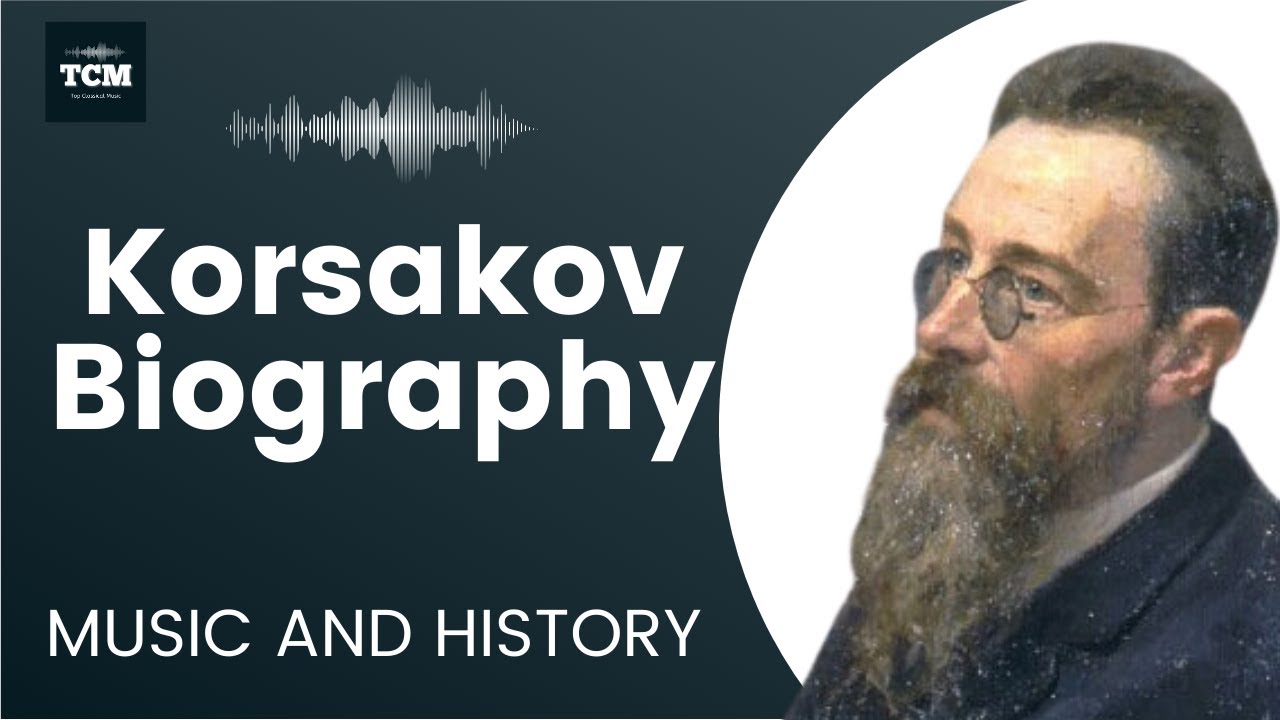
Haydn – Sonata in B minor Hob XVI 32 – Music | History
Haydn – Sonata in B minor Hob XVI 32 – Music | History Franz Joseph Haydn (German); 31 March 1732 – 31 May 1809) was an[…]

Debussy – Préludes – Music | History
Debussy – Préludes – Music | History Claude Debussy’s Préludes are 24 pieces for solo piano, divided into two books of 12 preludes each. Unlike some[…]

Weber – Clarinet Concerto No. 2 in E flat major, Op. 74 – III. Polacca alois – Music | History
Weber – Clarinet Concerto No. 2 in E flat major, Op. 74 – III. Polacca alois – Music | History Carl Maria von Weber wrote his[…]

Weber – Clarinet Concerto No. 1 in F minor Op. 73 – Music | History
Weber – Clarinet Concerto No. 1 in F minor Op. 73 – Music | History Carl Maria von Weber wrote his Clarinet Concerto No. 1 in[…]

Fauré Biography – Music | History
Fauré Biography – Music Collection – Music | History Gabriel Urbain Fauré (French: [ɡabʁiɛl yʁbɛ̃ fɔʁe]; 12 May 1845 – 4 November 1924) was a French[…]

Korsakov Biography – Music | History
Korsakov Biography – Music Collection Nikolai Andreyevich Rimsky-Korsakov (Russian 18 March [O.S. 6 March] 1844 – 21 June [O.S. 8 June] 1908) was a Russian[…]

Weber Biography – Music | History
Weber Biography – Music Collection – Music | History Composer, conductor, virtuoso, novelist, and essayist, Carl Maria von Weber is one of the great figures of[…]

Haydn Biography – Music | History
Haydn Biography – Music Collection – Music | History Franz Joseph Haydn was among the creators of the fundamental genres of classical music, and his influence[…]

Tchaikovsky Biography – Music | History
Tchaikovsky Biography – Music Collection – Music | History Pyotr Tchaikovsky’s work was first publicly performed in 1865, with Johann Strauss the Younger conducting Tchaikovsky’s Characteristic[…]

Dvorak Biography – Music | History
Dvorak Biography – Music Collection – Music | History Dvořák was born, the first of nine children, in Nelahozeves, a Bohemian (now Czech) village on the[…]